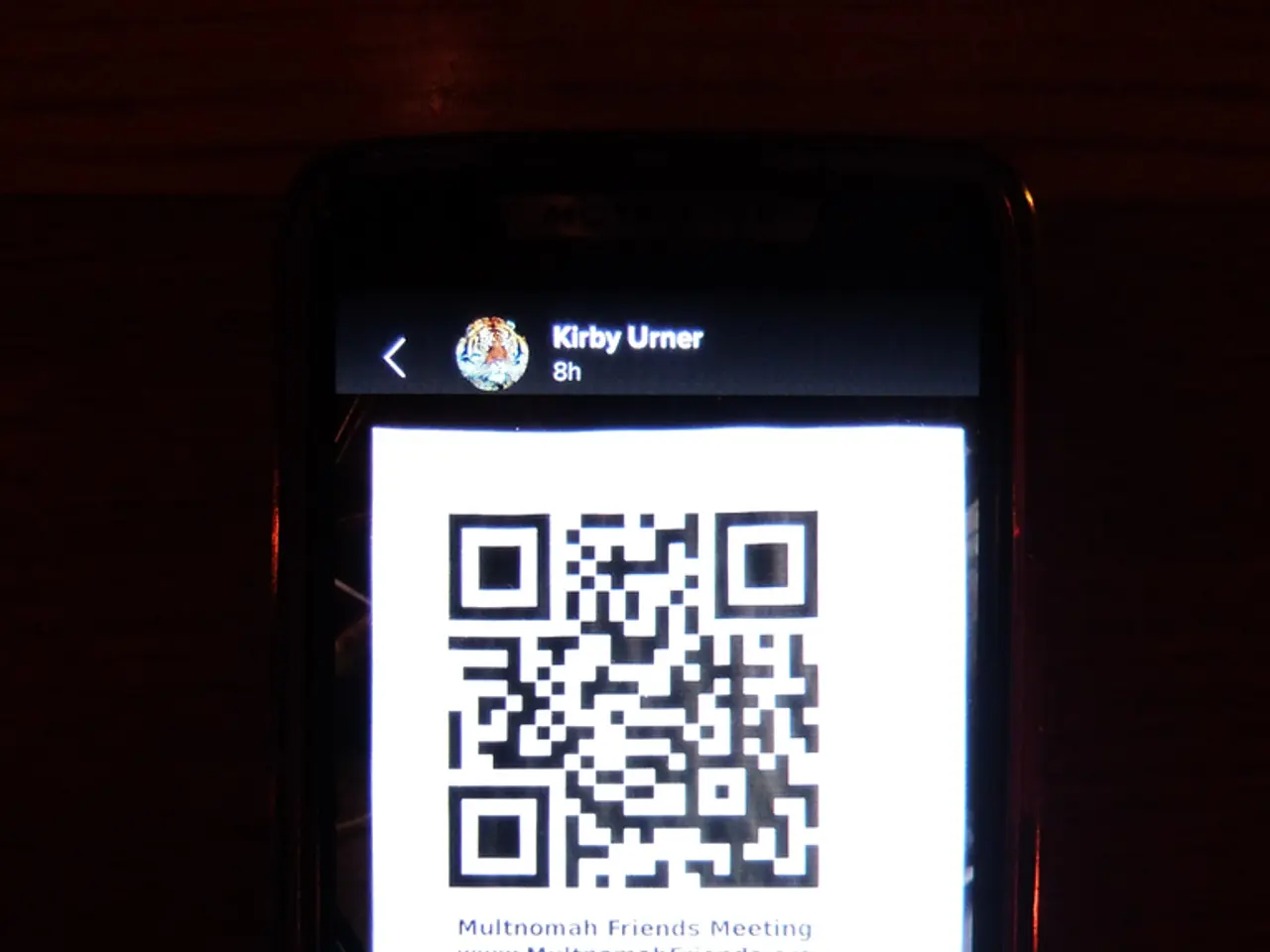Malicious hackers exploiting 607 domains, distributing APK malware capable of executing commands from afar
A significant escalation in mobile malware distribution has been observed, targeting users across multiple regions with a malicious Android application disguised as Telegram Messenger. This sophisticated campaign, identified by Bfore.AI analysts, has employed a massive network of over 600 typosquatted fake domains to deceive victims into downloading the malicious app[1][5].
### Distribution Strategy
The attackers have exploited typosquatting, registering domains that closely resemble Telegram's legitimate addresses to pass off malicious APK files as authentic Telegram clients[1][5]. Distribution channels include direct user redirection from these fake domains, the use of QR codes linking to malicious domains like `zifeiji.asia`, and code injection and embedding tracking scripts (e.g., `ajs.js`) to monitor victim activity and maintain campaign persistence[1][5].
Previously, the campaign also exploited a Firebase backend (`tmessages2.firebaseio.com`) for command and control (C2) communication. Although this database was deactivated, its name could be re-registered by other attackers to continue the operation, showing a high level of persistence planning[5].
### Technical Sophistication
The malware is highly modular and obfuscated, indicating advanced development capabilities. Researchers have noted a multi-domain and multi-stage infrastructure that allows continuous distribution despite takedown attempts[1][5]. The malware uses tracking JavaScript and Firebase backend exploitation for real-time updates and control. Earlier variants hardcoded Firebase endpoints to receive commands or data, enabling remote configuration and updates without re-deploying the application[1][5].
### Remote Command Execution Mechanism
The malware establishes remote command execution capabilities through its interaction with Firebase, allowing attackers to send instructions dynamically to infected devices. Commands can include downloading additional payloads, stealing information, or modifying the app’s behaviour remotely[1][5]. The use of Firebase as a backend enables attackers to update commands without app updates, use encrypted and obfuscated payloads for stealth, and maintain persistence by controlling C2 infrastructure in real-time[1][5].
In summary, this Android malware campaign uses an extensive typosquatting domain network and cloud service exploitation to deliver fake Telegram APKs, enabling a sophisticated remote command infrastructure for maintaining control over infected devices. Its modular, multi-stage design, and resilience mechanisms make it a significant threat to Android users attempting to download Telegram from unofficial sources[1][5].
It is crucial for users to download applications only from official sources to avoid falling victim to such malware campaigns.
- The malware campaign's distribution strategy employs typosquatting, registering domains mimicking Telegram's legitimate addresses, to deceive victims into downloading malicious Android applications disguised as Telegram Messenger.
- The technical sophistication of this Android malware is evident in its modular and obfuscated structure, as well as its exploitation of cloud services like Firebase, which enables remote command execution, real-time updates, and control, making it a significant threat to cybersecurity in the realm of mobile technology.







